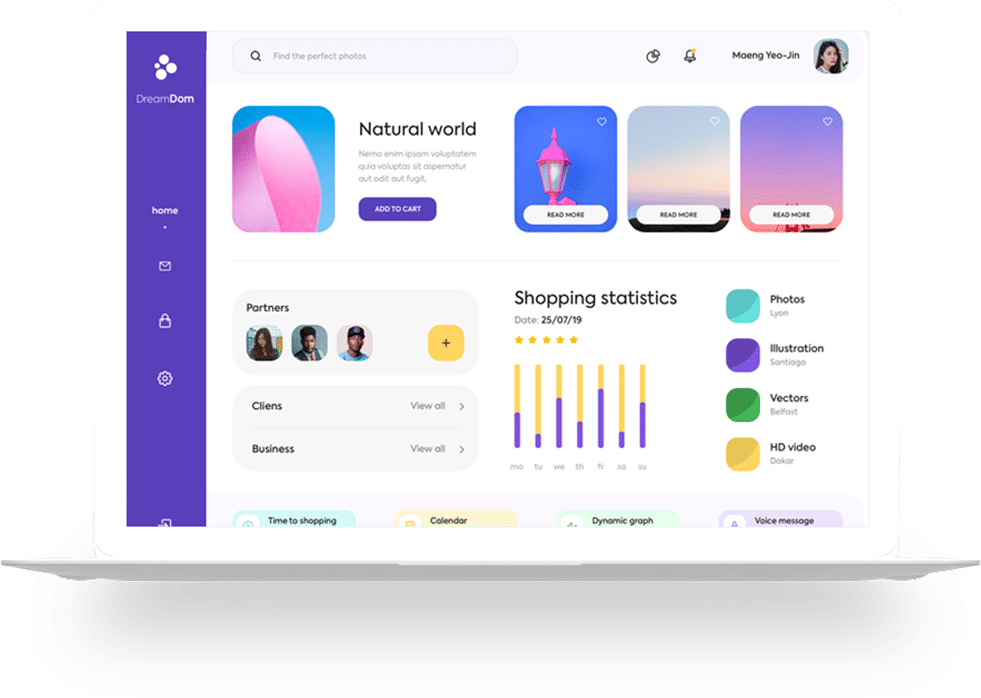
Top 5 Industries That Benefit Most from Open Data Analytics
- Admin
- No Comments
Open data analytics refers to the process of gathering, analyzing, and interpreting publicly available data to derive valuable insights. As industries grow increasingly data-driven, leveraging open data has become a competitive advantage. The ability to make informed decisions based on transparent and accessible data is no longer a luxury; it is a necessity.
1. Healthcare Industry
The healthcare sector stands to benefit immensely from open data analytics. Public health records, government databases, and open-source health research provide valuable insights into disease patterns, treatment effectiveness, and patient outcomes. By analyzing this data, healthcare providers can improve service delivery, anticipate healthcare trends, and even predict disease outbreaks.
For example, the analysis of open data allows public health officials to track the spread of infectious diseases, improving response times and resource allocation.
2. Finance Industry
The finance sector thrives on timely, accurate information. Open data analytics plays a significant role here, particularly when it comes to financial trends, economic indicators, and market sentiment. By using open data from government reports, stock market data, and global economic trends, financial analysts can predict market shifts, identify investment opportunities, and mitigate risks.
Banks and financial institutions also use open data to monitor regulatory changes, evaluate potential market disruptions, and refine risk management strategies.
3. Retail Industry
Retailers are increasingly turning to open data analytics to better understand consumer behavior and market dynamics. Data from social media, product reviews, and public spending patterns allows retail businesses to create more effective marketing campaigns, personalize customer experiences, and optimize supply chains.

Moreover, open data provides valuable insights into competitor pricing, regional demand trends, and shifts in consumer preferences, enabling retailers to stay ahead of market trends.
4. Government and Public Services
Open data analytics has revolutionized how governments operate and provide services. Governments around the world are releasing public datasets related to crime rates, transportation infrastructure, environmental data, and more. By analyzing this data, local authorities can improve urban planning, allocate resources efficiently, and enhance public policy.
For instance, cities use open data to track traffic congestion patterns, helping them optimize traffic flow and reduce pollution. This not only benefits citizens but also supports sustainability efforts.
5. Education Sector
The education sector is another key beneficiary of open data analytics. Public datasets on school performance, student demographics, and graduation rates allow educational institutions to refine their strategies and policies. Educators and policymakers can identify achievement gaps, improve curriculum design, and allocate resources where they are needed most.
Open data also supports research initiatives, giving scholars access to broad datasets that can fuel innovation in teaching methods, technology integration, and student engagement.
Benefits of Open Data Analytics Across Industries
Open data analytics fosters transparency, improves decision-making, and supports innovation. Industries that embrace open data are more agile, data-driven, and equipped to anticipate future trends. As public data continues to grow, industries will find even more opportunities to leverage it for better outcomes.
Open data analytics is transforming how industries operate and compete. By embracing public data, businesses, governments, and educational institutions can gain invaluable insights, optimize operations, and stay ahead of the curve. As we move into an increasingly digital world, the potential for open data to drive innovation and growth is boundless.
